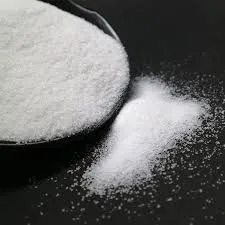

Another notable category is antioxidants, which prevent the degradation of plastics caused by exposure to oxygen and heat during the processing phase. This additive type is particularly important in extending the shelf life and usability of products subjected to prolonged storage or high-temperature operations. The authoritative use of antioxidants is a testament to a company's commitment to quality, as it not only affects product performance but also perception and trust among end-users. Fillers and reinforcements also play an indispensable role, particularly in enhancing the mechanical properties of plastics. They can improve strength, stiffness, and impact resistance, making them invaluable in automotive parts and construction materials where robust performance is essential. The judicious selection of fillers based on particle size and chemical compatibility underscores the expertise of manufacturers committed to delivering superior products. Moreover, colorants, while primarily used for aesthetic purposes, are also engineered to meet additional functional requirements such as UV resistance. The selection of colorants involves a balance between visual appeal and the technical specifications of the product, reflecting a manufacturer's dedication to not only functionality but also artistic precision. It is important to note that the integration of additives in plastics must adhere to strict environmental and health regulations. This consideration speaks volumes of a company's integrity and its commitment to sustainability. By utilizing advanced knowledge and innovative technologies, leading manufacturers can ensure that their use of additives aligns with global best practices, reinforcing their stature as reliable and forward-thinking industry leaders. In conclusion, additives transform base plastics into versatile and durable materials suitable for a vast array of applications. Their proper utilization requires not only technical expertise but also a deep understanding of market demands and regulatory frameworks. For manufacturers and consumers alike, trusting in products with expertly applied additives offers assurance of quality, safety, and long-term value. Through continuous research and development, the future of additives in plastics promises even greater enhancements, unlocking new possibilities and innovations in material science.

